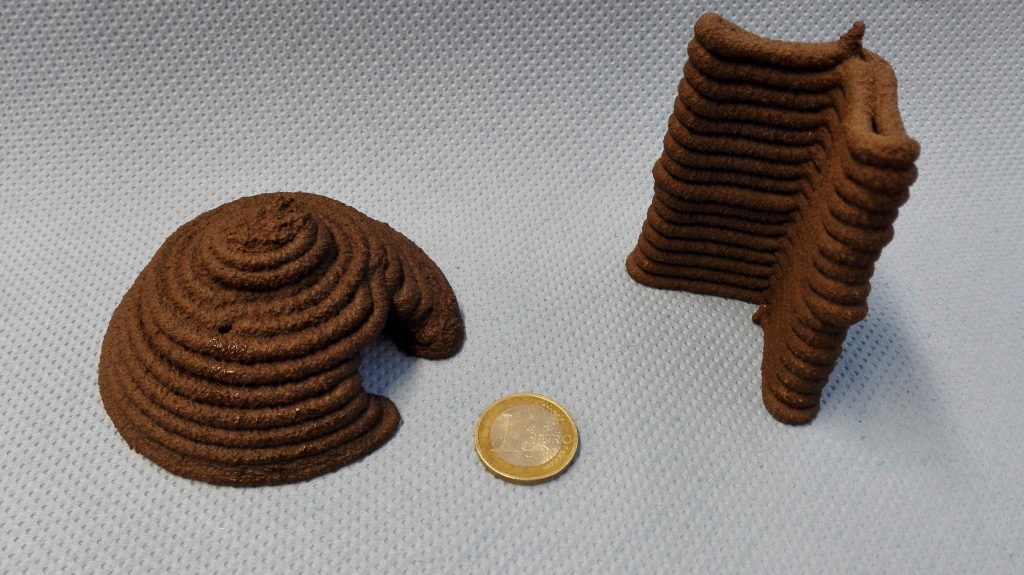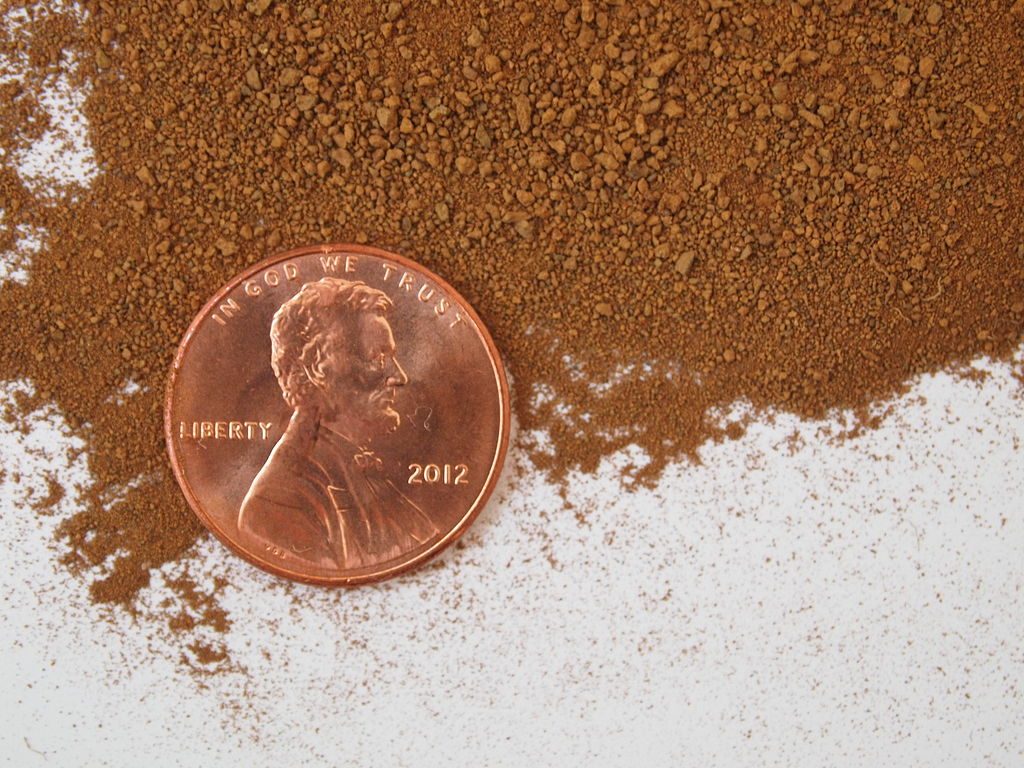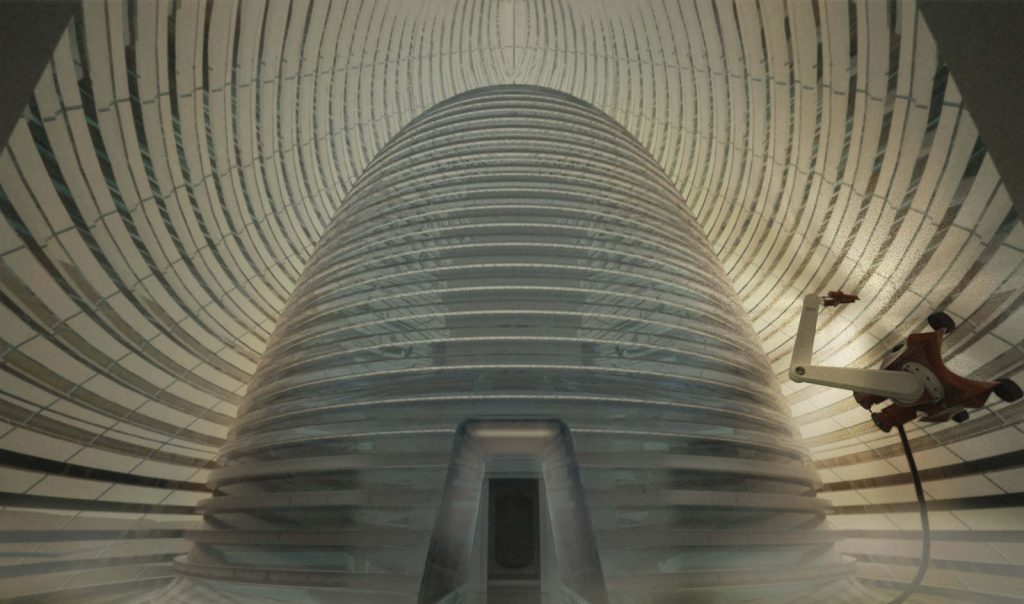Research company Fotec, part of the University of Applied Sciences in Austria, has 3D printed a miniature igloo and corner of a wall in a composite material containing “Mars dust”.
The objects were created as part of the Technology Research Program at the European Space Agency (ESA), headquartered in Paris, France, to demonstrate the possibility of creating structures using a planet’s natural material for construction.

3D printed structures no matter what the destination
The 3D printed miniatures are made out of a composite ink containing Martian regolith simulant material ‘JSC-Mars-1A’. JSC-Mars-1A is made out of volcanic fragments refined by researchers at NASA’s Marshall Space Flight Center.

In a post on the ESA website, Fotec’s Christoph Buchner explains that phosphoric acid is used as a binding agent for the grains of dust to create a 3D printable material. The composite material is then extruded through a nozzle into successive layers.
Buchner comments,
The hardened results demonstrate the technique has potential for hardware and structural manufacturing on a variety of planetary bodies – it does not depend on the destination. So this is a promising step towards ‘in-situ resource utilization’ – the concept of using as much local materials as possible during a planetary mission, to cut down on the launch mass and cost.
Making a life on Mars
Focusing on the potential for humans to one day colonize Mars, a Centennial Challenge from NASA asked participants to pitch projects using recycled or local indigenous materials to create structures on the red planet.
In October 2016, SEArch (Space Exploration Architecture) and Clouds AO (Clouds Architecture Office) collaborative won Phase 1 of the challenge with a proposal for a 3D printed Ice House.

NASA has since enlisted the help of the University of Florida’s Professor Sudipta Seal, interim chair of the Materials Science and Engineering at the university, to find a way to build structures on Mars.
Such projects are however not only reserved for construction in outer space. An ability to work with indigenous, on-site materials is beneficial to 3D printing with the Earth’s soil. It would be useful for building in remote and resource-poor locations.
Such developments are key driving forces behind research at places like the Institute for Advanced Architecture of Catalonia (IAAC) in Barcelona, Spain, who collaborated to make the “world’s first” 3D printed bridge.
To stay up to date with 3D printing plans for space sign up to the 3D Printing Industry newsletter and follow our active social media channels.
Don’t forget you can now vote for the best 3D printing innovations in the first annual 3D Printing Industry awards.
Featured image shows a perspective view of Chasma Boreale on the surface of Mars. Image via ESA/DLR/FU Berlin, CC BY-SA 3.0 IGO



